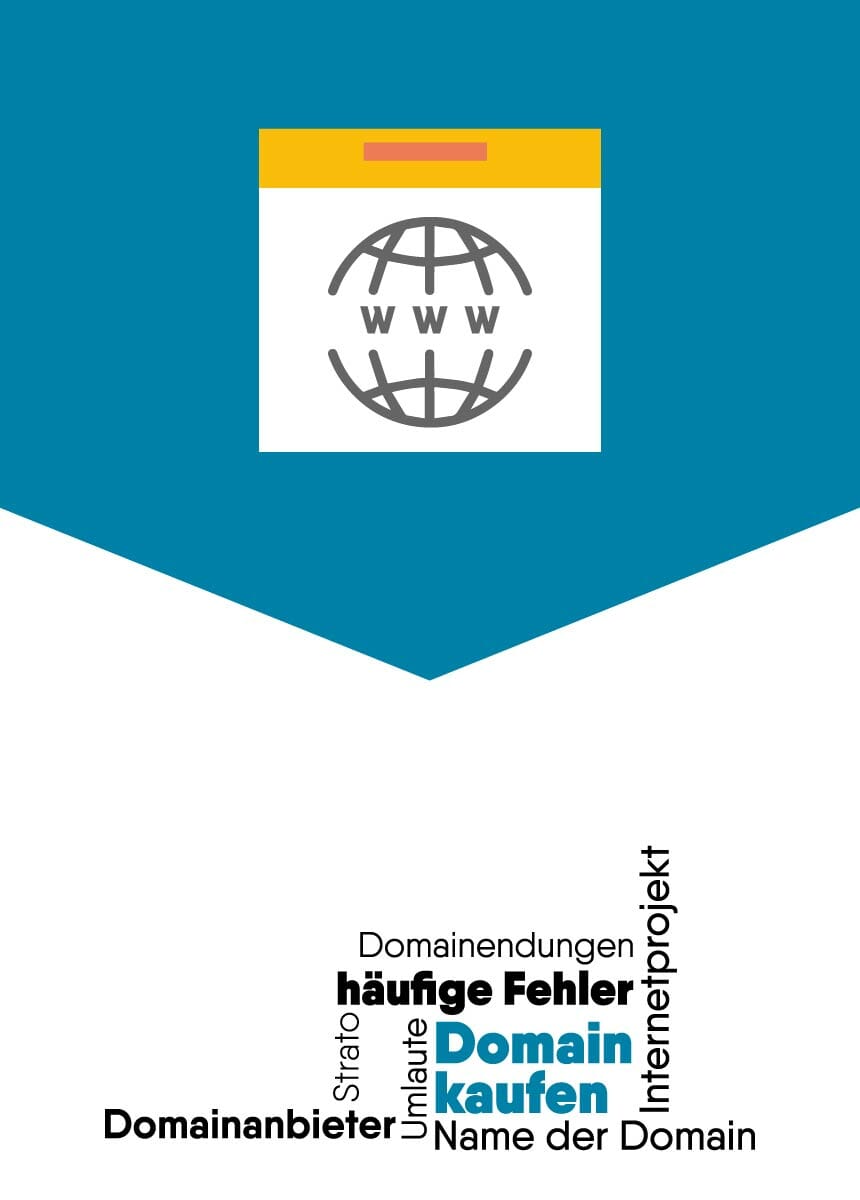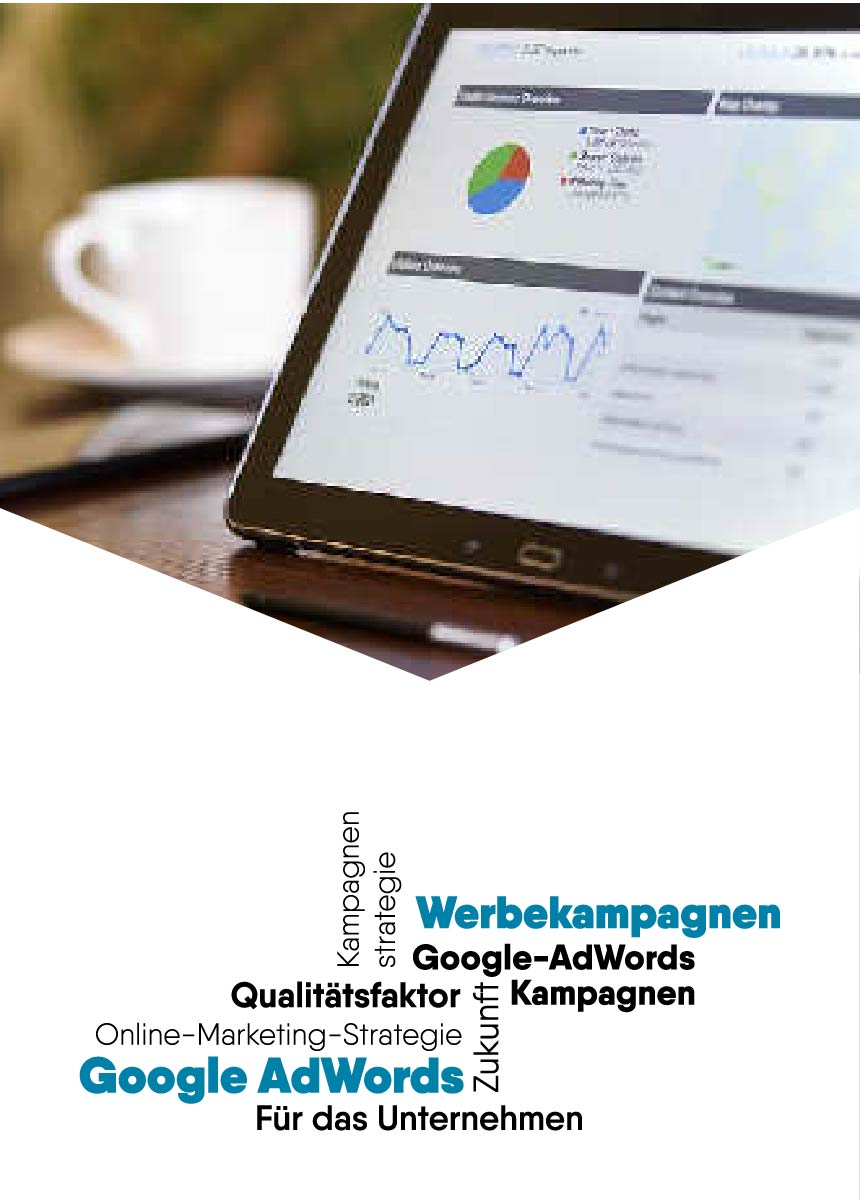The most common mistakes when relaunching a website
As is so often the case in the world of the Internet, technology is changing rapidly and so it happens that from time to time an update is not enough. Whether a new shop system or just the change to another content management system – this is where the biggest problems in search engine findability arise.
If you do not consider all the important points that are necessary for such a change, you risk losing your hard-won search results.
When do you talk about the relaunch of the website?
If you change the system, such as a Onlineshop the change from XT:Commerce to Magento or if you just change the domain, the relaunch trap can snap shut. Here is not only caution required, but also a very precise action for the benefit of your website.
If you are only setting up SSL encryption, you don’t need to follow all the points in this guide, but can go straight to the point of setting up redirects, jumping external and internal links – there’s nothing more to consider here.
1. Use test environment
Take the time to prepare your new project. In order not to frighten search engines and users by a faulty switch or to get under time pressure when relaunching the website, it is recommended to test the new presence either in a closed system or without users and search engines before going live.
For the second, there are two commands that prevent the website from being crawled by search engines, thus preventing users from reaching the duplicate of your site too early. If you do not use these terms the following problems will occur:
Your new website contains duplicate content, which is identical to your old site. This will penalize the search engine and confuse the user.
The search engine does not know that this is a relaunch and will sometimes index the content of one page and sometimes the content of the other – even more confusion ?
Visitors arrive too early at your site by hits in the search engine. In the worst case, it is not yet functional or contains gaps in content.
Here now the two magic words:
- robots.txt
- noindex
With the robots.txt you forbid the search engines to crawl your site. The largest and most reputable search providers follow this command. Some crawlers of other sites might be able to ignore the ban, but this is also about the major search engines.
With the command noindex you forbid the search engine to load content into the index. That is, to rank and present content from the relaunch website in the search results.
2. New address line
In many cases a new link structure is created by the website relaunch. For example, alteseite.de/inhalt.html becomes alteseite.de/inhalt/ or, even more seriously, as with a new domain neueseite.de/neuerinhalt/.
Even if the pages are similar, the search engine does not know that the contents are the same. Now you can either wait half a year, drink tea and watch your own site lose all the rankings it has achieved in the search engine or help the poor search robot.
There are several ways to do this:
- take the old sitemap and redirect all old links (address lines) with correct address to the new page via 301 forwarding. This means that a permanent redirection will be set up.
- A .htaccess file will be created, which leads the links to the correct path (possible with an Apache server)
- Also images which can be found under a certain URL and have been indexed by the search engine need a redirection. In WordPress, for example, there are special plugins that do or support this work.
Don’t be disappointed if, despite correct redirects and other security measures, you lose some ranking and link strength. Search engines are often skeptical about changes.
The search engine will test the changes on the user and if your new system and the Content are at least as innovative as the old website before the relaunch your Linkjuice will come back – promised ?
3. Link structure internal and external
Since you probably did not only eagerly link your subpages internally on your old site, you will have to improve this as well. Carefully add the new address to every single link. There are also several ways how you can proceed. The procedure strongly depends on the system you are using.
For example, if you have an online shop and can export the product descriptions to an Excel spreadsheet using a tool, you can use the search command to search for links afterwards and also replace several at the same time, which can save a lot of time. Otherwise, you can also search the page source code of individual pages with Ctrl+F and thus quickly get to the troublemakers to be changed.
If you have fixed the internal broken links, it’s time to get down to business. Depending on how long you have been running the website until the relaunch, you probably have piled up a bunch of links (if you had interesting content to offer) from external sites with links to your website and you are facing the same problem here, too.
This can take some time, but you should not miss to write to the other site operators and point out the change. But don’t panic, you have set up appropriate redirects and even if one or the other operator shuts down, switches to throughput or is not reachable, the search engine will not see this quite so critically.
4. Analysis tools
If you have already scanned your website before the relaunch with an analysis tool such as Analytics from Google and do not want to falsify your measurement data for test purposes, it is a good idea to choose the right time to integrate the new tracking code, but also to create a new account if necessary. At least deposit the new URL.
If you deposit the code too early, you will have lots of test clicks through extensive (up to insane) testing, which are not from users, but from your eager mouse. By the way, this can be circumvented by Google Analytics, for example, by blocking your IP for evaluation, so the measured data is not falsified.
If you integrate the code too late, you will miss valuable measurement data, which is especially interesting after the relaunch. After all, you want to know how the user reacts, where you score points and where you leave feathers, right?
Please note that if certain sales targets or other special features are stored in the profile, the link structure should be adjusted here.
The following factors are of particular interest after restarting the website:
- How do users react to innovations and functions?
- How does your website perform? Has it become faster? Is there content that loads too slowly?
- Are there error messages?
- How do the positions in the search engine govern the switch? (Can you measure with various tools, such as Xovi or Sistrix) Are you losing ground here?
5. Lines of code – is the code correct?
If you have put your heart and soul into programming the new project, you may find some notes in the source code.
Make sure that all hints have been removed before restarting the project and that any other content used for testing purposes has been replaced by correct content. Have you written test comments, test ratings or placeholder texts?
Check all applications such as Javascript or other programs for functionality. For all call-to-action actions, take your time to check the functionality. Have you integrated videos? Do they play correctly?
It is particularly important to check whether HTML lines are correct in the new shop or on the new website. Are the headlines set correctly?
Are the texts formatted correctly? Even if you use a good HTML editor, you should at least test the structure again on a random basis. For example, many editors make a double “<p></p>” from “<p></p>” and the content is no longer the same.
6. Content
Your new website probably has not only new features, but also new subpages. Here too, you can make a few big blunders and give away valuable plus points.
Is there a content hole to plug here? Does a new page still need content or are all pages filled with interesting content?
Do new functions have to be communicated to the user by text?
Is duplicate content still tagged with the Canonical tag? Otherwise you risk that content will be punished.
Does the old content still fit to your new website or do passages have to be changed here?
If content is missing or incorrect, the visitor may jump off, be confused or have a negative experience, which will immediately affect the ranking in the search engine. Especially after the relaunch, the search engine takes a close look at how users react to the website.
The last question
Finally, when everything has “gone well” thanks to our thought-provoking impulse, you only have to ask yourself the crucial question – is the site better than before?
If you can answer this question with a clear yes, we congratulate you on the successful Website relaunch and wish you a lot of fun and success with the new system!
In case of criticism or missing information, we are pleased as always about constructive comments for improvement.









Comments